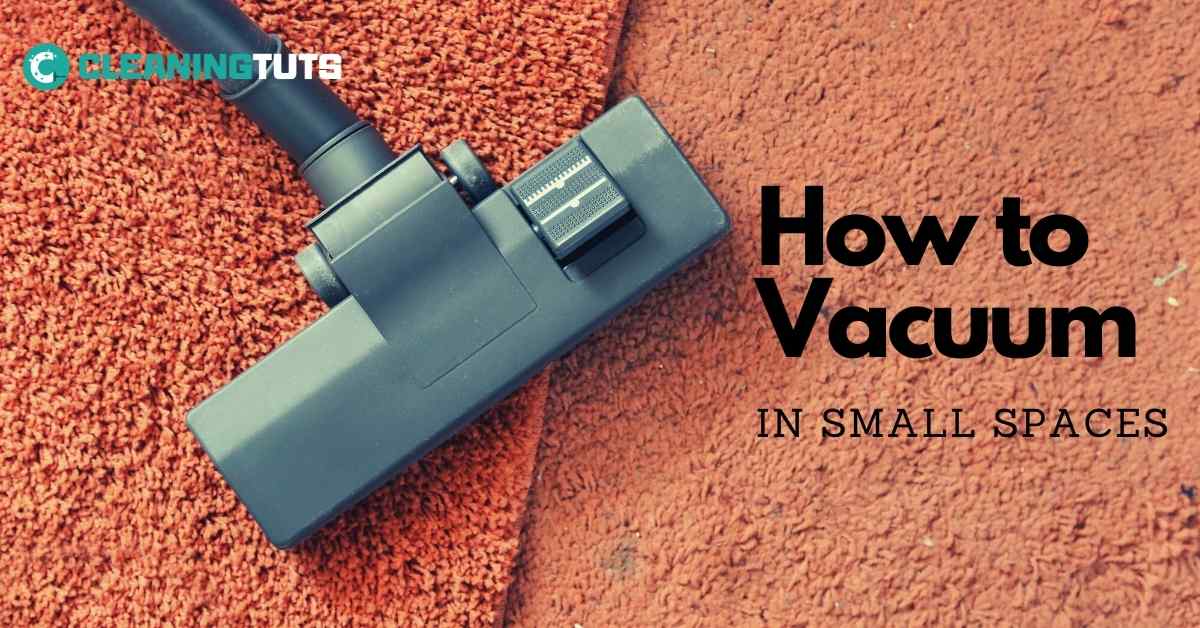How to Vacuum in Small Spaces?
When it comes to housework, it’s obvious that most of us vacuum the carpet and hard floors on a regular basis. A thorough vacuum, on the other hand, is more than that. A thorough vacuum includes not just the surfaces, but also the nooks and crannies, under the furniture, and even the upholstery. It’s important to understand that the history of vacuum technology has played a crucial role in the development of modern vacuums, with advancements in suction power and filtration systems. This has ultimately led to more efficient and effective cleaning processes, making it easier for us to maintain a clean and healthy living environment.
It’s ensuring you reach all those small spaces and all the corners of the house. But how many of us skip those and keep postponing them? Well, if you want a clean space, you can’t afford to avoid these spaces.
That being said, it won’t be easy, but it’s also not rocket science – here is how to vacuum in small spaces.
What Is Involved in Small Spots?
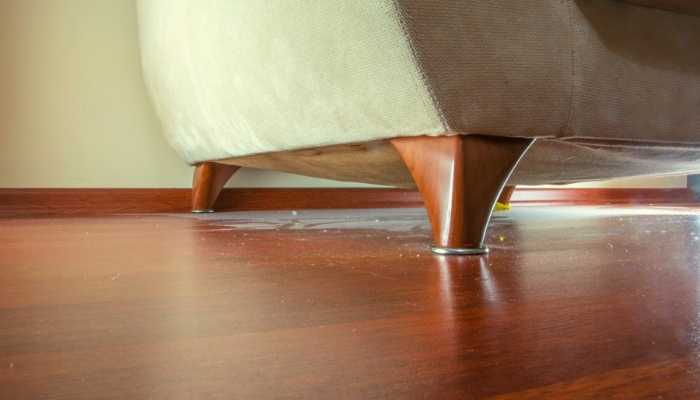
Small spaces are regions where vacuum flexibility is limited. Such areas could be too elevated to access effortlessly. They may also have impediments that make it tough to accommodate a vacuum cleaner. Sometimes, the slot is just too narrow or tiny for any suction tip or accessory to fit.
Anyone that has ever operated an enormous vacuum understands how inconvenient it can be. Simply cleaning up the space surrounding your armchair necessitates meticulously coordinated actions on par with the Electric Slide.
Of course, getting around larger obstacles is just one part of the challenge. It’s also crucial to clean places you can’t see, such as the floor space behind your sofa or recliner rails on slide doors, especially in vehicles.
It doesn’t imply it isn’t there just because it cannot be seen. This is something to keep in mind when you clean your house or your vehicle. Dust and debris may readily build behind furniture, causing irritation to people with allergies.
What Is the Purpose of Vacuuming in Tight Spaces?
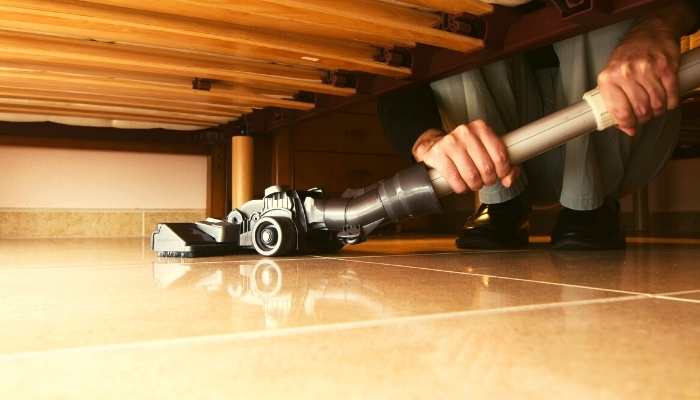
Food, dirt, garbage, and other objects may get trapped in tight spaces and tiny places. Other parts of your home benefit immensely from a thorough vacuum, but the tight places are often overlooked, accumulating dust and debris.
Bacteria, pathogens, and pests may fester, posing a health risk and making your property unpleasant. Despite the difficulty of vacuuming small regions, it is necessary to clean tight spaces for the following reasons.
To Make the Environment Cleaner
Food particles, trash, and other materials become an eyesore when they get lodged between the cushions and the couch. Even if the rest of the house is tidy, the sight of these objects will destroy it. Removing undesired dust and things from these areas will make the place less eyesore.
To Make the Air Quality Better
Dust collects in small areas. Any activity in these places will cause these particles to become airborne, causing air quality to deteriorate. Vacuuming is suggested to avoid dust in these regions from polluting the air in a house.
To Stop Mold from Growing
There is little to no airflow in hard-to-reach regions. Mold development may be a problem in locations with high humidity. Mold may be kept at bay by vacuuming.
To Prevent Unpleasant Smells
Foodstuffs may degrade if they get caught in tight areas. Any liquid that spills in these areas might contribute to deterioration. These particles are vacuumed up before they have a chance to disintegrate. Consequently, the chances of an unpleasant odor developing in a house are reduced.
How Do You Vacuum Sections with Limited Space?
It’s often simpler to avoid cleaning incredibly tiny and narrow spaces in your house than it is to clean them (trust us, we completely understand). On the other hand, these ingenious methods will reveal to you how to clear the filth with no effort (no matter how tiny the area). It’s often simpler to avoid cleaning incredibly tiny and narrow spaces in your house than it is to clean them (trust us, we completely understand). On the other hand, these ingenious methods will reveal to you how to clear the filth with no effort (no matter how tiny the area). One method involves using a small brush or toothbrush to scrub those hard-to-reach areas, while another involves using a vacuum with a narrow attachment. And when it comes to cleaning floors, many people wonder “how much tide for floors?” The answer to this question depends on the size of the floor and the level of dirt, but generally a small amount of tide mixed with water should suffice for most cleaning tasks.
Make Proper Use of Your Equipment
Have you read the vacuuming instruction manual? If you haven’t already, go ahead and do so. You will, without a doubt, find what you’re searching for. A vacuum cleaner will, of course, come with attachments.
If you’re having trouble reaching nooks and crevices around your house, it’s because you’re not utilizing, or at least not correctly using, the attachments that came with your vacuum. Here are a few pieces of equipment, as well as some helpful hints, for cleaning small spaces in your home:
· The Tool for Crevices
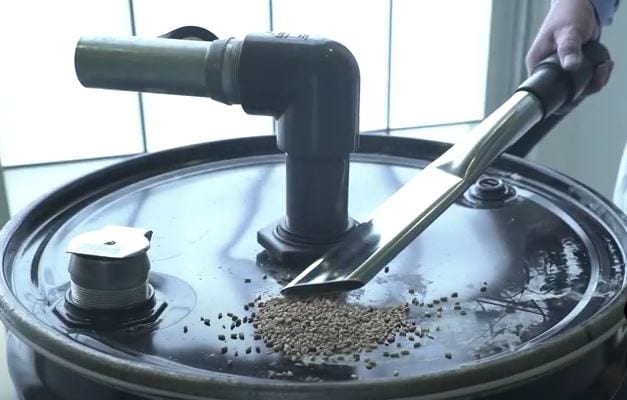
It’s possible that your vacuum accessories may arrive without labeling. If you have no idea what a crevice tool is, a little information may assist. It is clear from its name that it is used to clean crevices.
It is an inch thick on one end and has a dirt-passing aperture on the other. Vacuums may contain fissures of differing sizes and widths. This is an excellent tool for cleaning between your carpet and the wall, as well as tight corners.
· The Wand of Extending
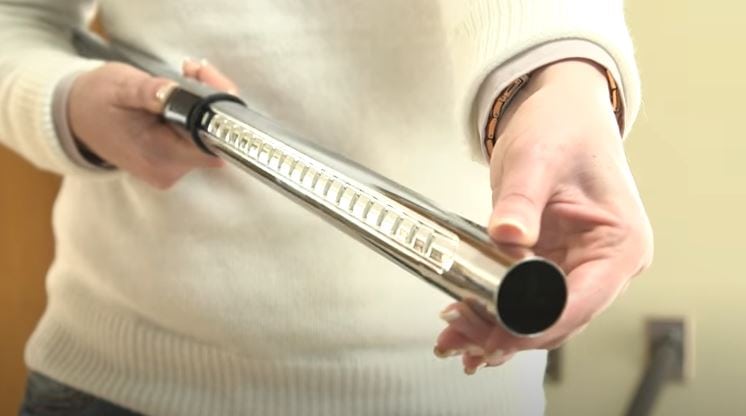
The majority of vacuum attachments are simple to use. Take, for example, the Extension Wand. It’s an extension that resembles a wand! The Extension Wand is a long tube in your vacuum’s box that you can flutter about like a wand, as predicted. “Now, where will I utilize a darn wand?”.
Well, most of the time, extension wands are utilized merely to increase the vacuum’s reach. Like a crevice tool, other tools may be attached to the wand. This allows you to reach regions where your vacuum’s usual range cannot.
Organize Your Furniture
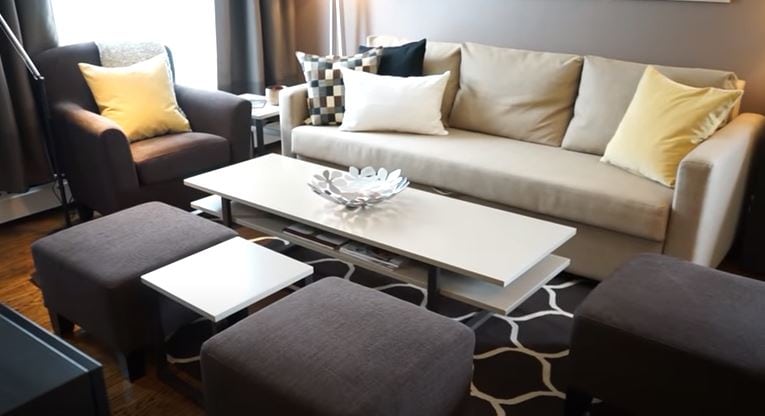
It’s relatively straightforward. Rearrange your furnishings. Your vacuum will always miss places that are covered by your furniture. When vacuuming, move your furniture. The tight spots you can’t reach will be considerably easier to access this way.
One thing to keep in mind is that the dirt you miss while vacuuming might build up over time. The accumulation of filth can shorten the life of your furniture, rugs, and other textile items over time.
Even though you don’t have to move furniture every time you vacuum, you should do it every now and then. This not only keeps your furniture clean but also makes cleaning the tight places easier.
Bend Down and Reach Down

When it comes to the all-important subject of how to vacuum small places, the way you vacuum is more significant than the fact that you vacuumed! If you truly want a clean home, you’ll have to reach down and bend down to get rid of all the dirt and dust.
There will always be impediments you can’t move, such as permanent cabinets or just bulky furniture, and we’re all acquainted with the endless depths hidden under these colossal structures.
The good news is that these places aren’t as far apart as they seem. It’s as simple as bending down and reaching. You’ll have a dust-free and dirt-free house after that.
Frequently Asked Questions
Is it better to dust before or after vacuuming?
It is better to dust before vacuuming because the vacuum will just blow the dirt around. Dusting first will help get rid of as much of the dirt and dust as possible before you vacuum.
Can you vacuum something wet like a milkshake?
Be it a milkshake or protein shake, anything wet has the same effect on your carpet. Yes, you can vacuum it. However, you mustn’t use the vacuum cleaner’s beater bar because it will push the water around and make the area dirtier. You should learn in detail how to clean protein shake out of carpet to avoid making a mess out of your carpet.
How do you suck up water from the floor?
Dunk a towel in water. Wring it out as much as possible. Place the towel over the spill and press down firmly. Move the towel around to absorb as much of the water as possible. Repeat if necessary.
Is there any way to clean rugs without damaging?
You can clean your rugs without damaging them by vacuuming them regularly, shampooing them with a mild detergent, and air-drying them. For heavily stained rugs, you can also spot-clean them with a damp cloth. If you need to do more cleaning, use a mild detergent instead of harsh chemicals. For more tips on how to clean a latch rug, consult a professional rug cleaner.
Wrapping Up
One thing to keep in mind is that a clean home will look nice and protect you and your family from illnesses and hazardous germs that may spread in a filthy environment. So, how long are you going to wait?
Now that you’ve learned how to vacuum in small places, I would highly recommend you to go through the techniques of how to vacuum faster and how to make your vacuum work smarter.
Now, it’s time to put your laziness aside and rid your home of these microscopic, tiny pieces of dust, filth, and other unpleasant particles. A tidy house is always conducive to a healthy lifestyle. Use these hints to assist yourself!

